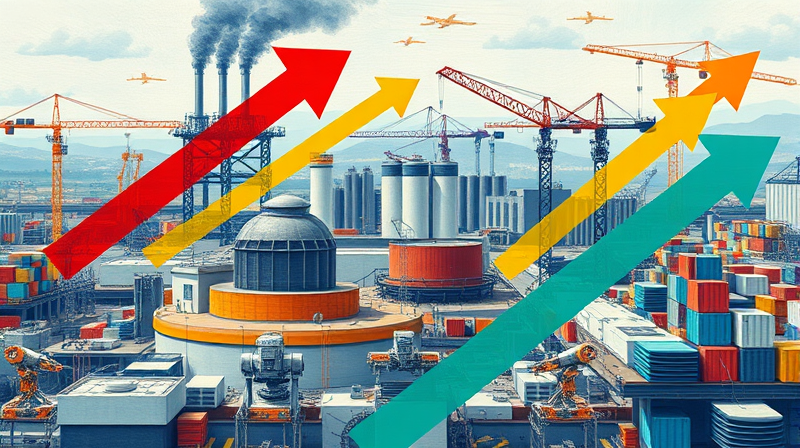
Global purchasing managers’ indices (PMIs) continued to signal economic expansion at the start of Q2 2025, but the pace of growth is clearly moderating. Across manufacturing and services, new orders are rising at weaker rates, while some key sectors are slipping into contraction. Businesses and policymakers alike must navigate this evolving landscape with agility and foresight.
PMIs above the 50 threshold indicate expansion, and for the fourth consecutive month both manufacturing and services posted readings in growth territory. Yet the underlying data tell a more nuanced story. Global new orders have now increased for eighteen months straight, but the rate of increase in April was the slowest since early 2024.
Manufacturing new orders actually contracted for the first time in 2025, while services maintained their upward momentum. This divergent sector performances continue phenomenon underscores how uneven the recovery has become.
The United States presents a complex picture. The S&P Global US Manufacturing PMI climbed to 52.3 in May, its highest level in three months and above consensus forecasts. Domestic demand drove this uptick, even as export orders tumbled under tariff pressures.
Meanwhile, the S&P Global US PMI Composite Output Index flashed 52.8 in June, signaling solid but unspectacular expansion. In contrast, the ISM US Manufacturing PMI for May registered 48.5, marking a third straight month of contraction under its methodology.
Price indices remain elevated. The ISM Prices Index stood at 69.4 in May, pointing to rising delivery times and input inventories. Supplier delivery delays and cost pressures and inflationary pressures continue to pinch margins.
Globally, the services sector has been a reliable growth engine, cushioning the drag from manufacturing. Firms in technology, finance, and healthcare reported healthy order books, while automotive, electronics, and heavy industry struggled to replace lost orders.
For businesses, this split suggests allocating resources toward high-growth service niches and considering digital transformation strategies to bolster resilience.
Different regions face distinct challenges and opportunities as the global expansion decelerates:
Several factors are collectively weighing on growth rates:
Organizations would do well to diversify supply chain strategies, hedge currency risks, and focus on cost efficiencies to weather the slowdown.
Although growth is decelerating, the global economy is not heading for a broad contraction. Services will likely remain the primary growth engine, while manufacturing could stabilize if trade tensions ease.
Policymakers face a delicate balance. On one hand, further monetary tightening risks stalling the fragile recovery. On the other, delaying rate hikes too long could entrench inflation. Fiscal stimulus targeted at infrastructure and innovation could offer relief without stoking price rises.
For business leaders, now is the time to sharpen scenario planning, invest in digital capabilities, and cultivate agile supply networks. Staying close to PMI updates and forward-looking economic indicators will be crucial for strategic decision-making in the months ahead.
Global PMI figures for mid-2025 paint a picture of a slowing yet enduring expansion. The divergence between manufacturing and services, coupled with regional disparities, calls for nimble strategies. By understanding the key drivers and preparing for multiple scenarios, businesses and policymakers can navigate this period of moderated growth with confidence and resilience.
References













